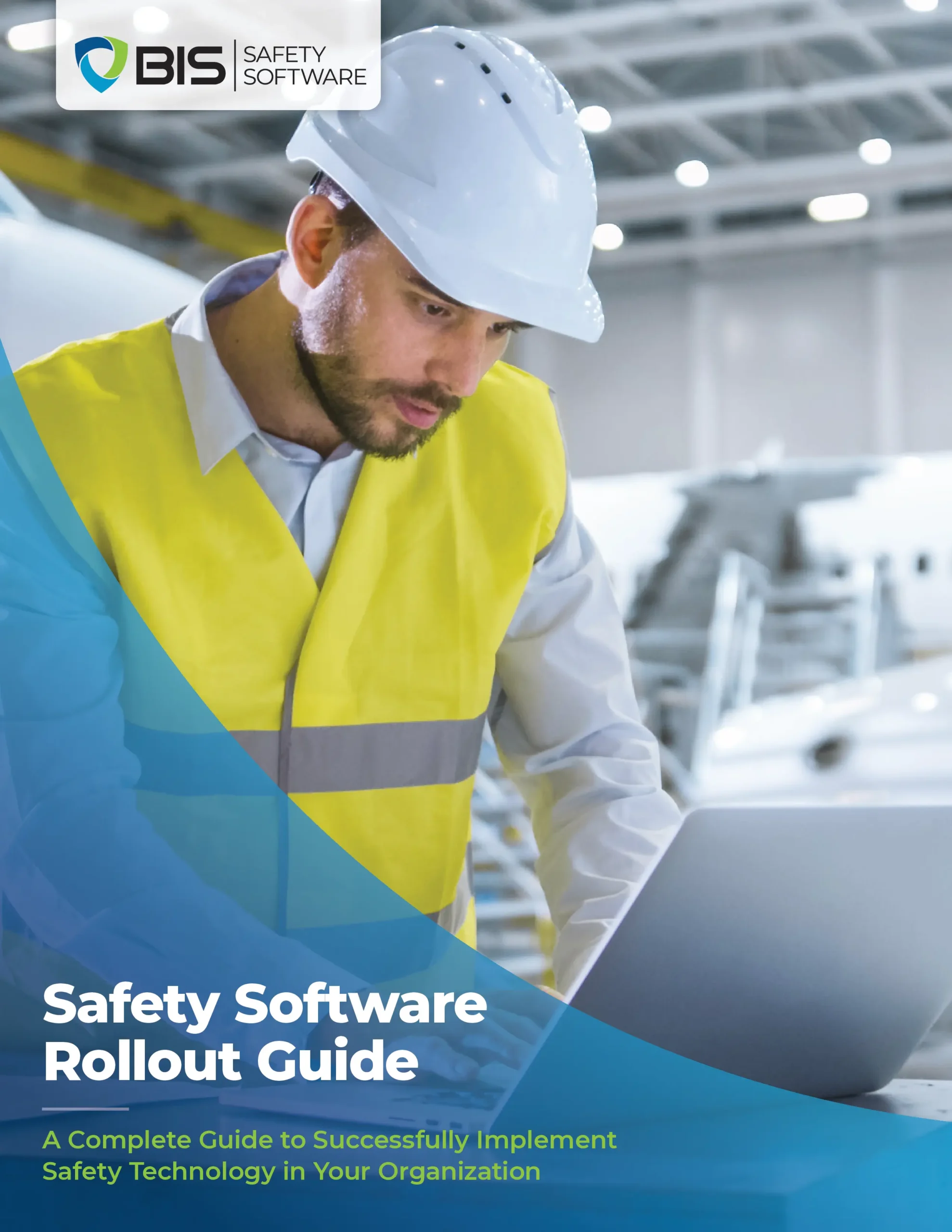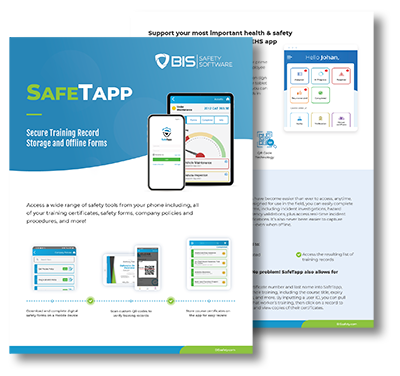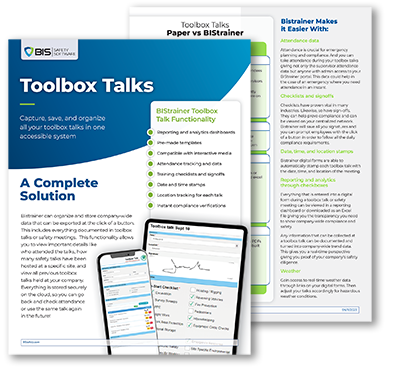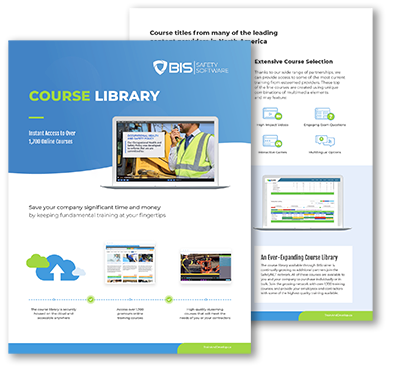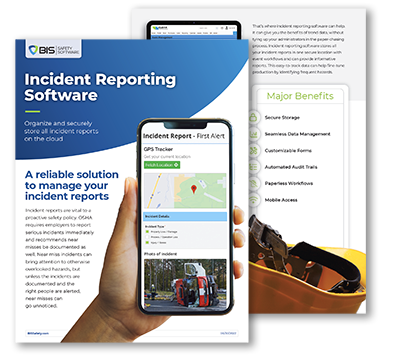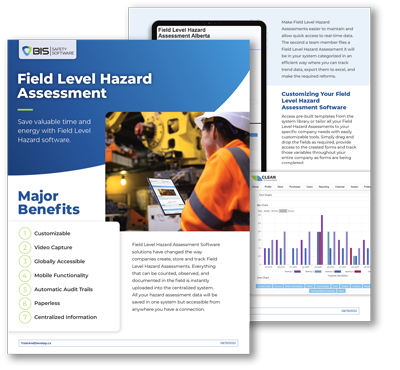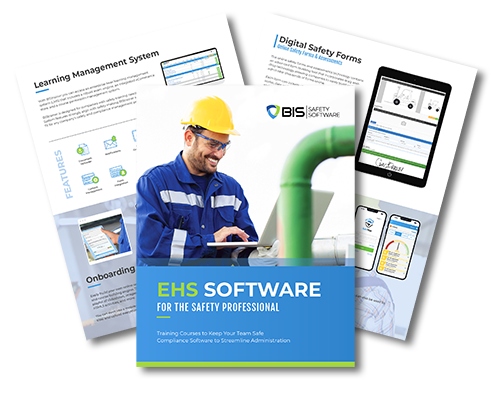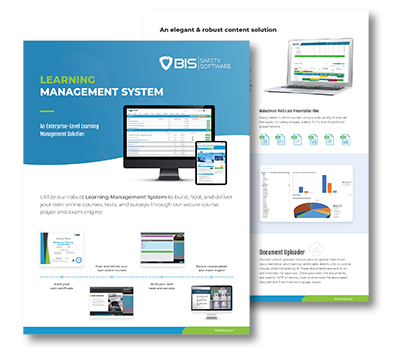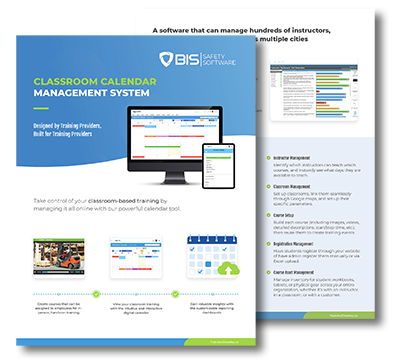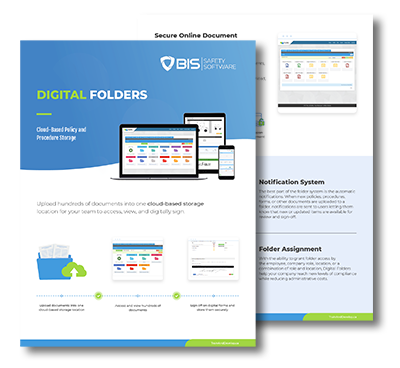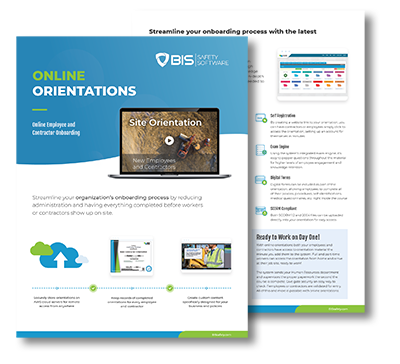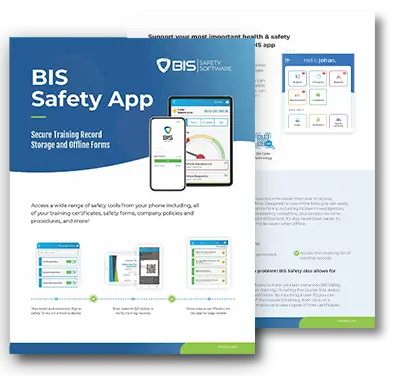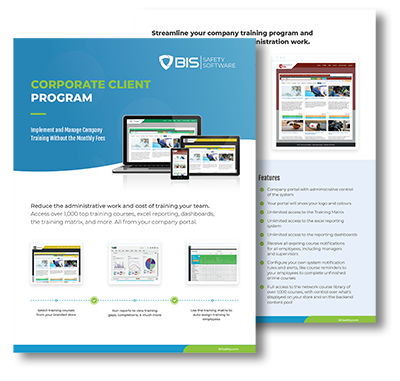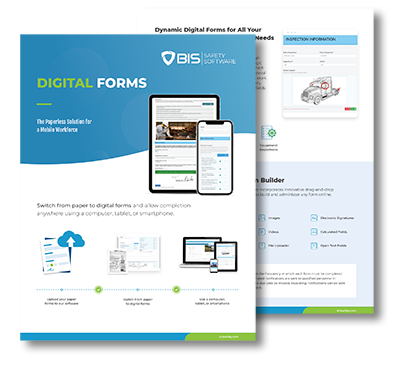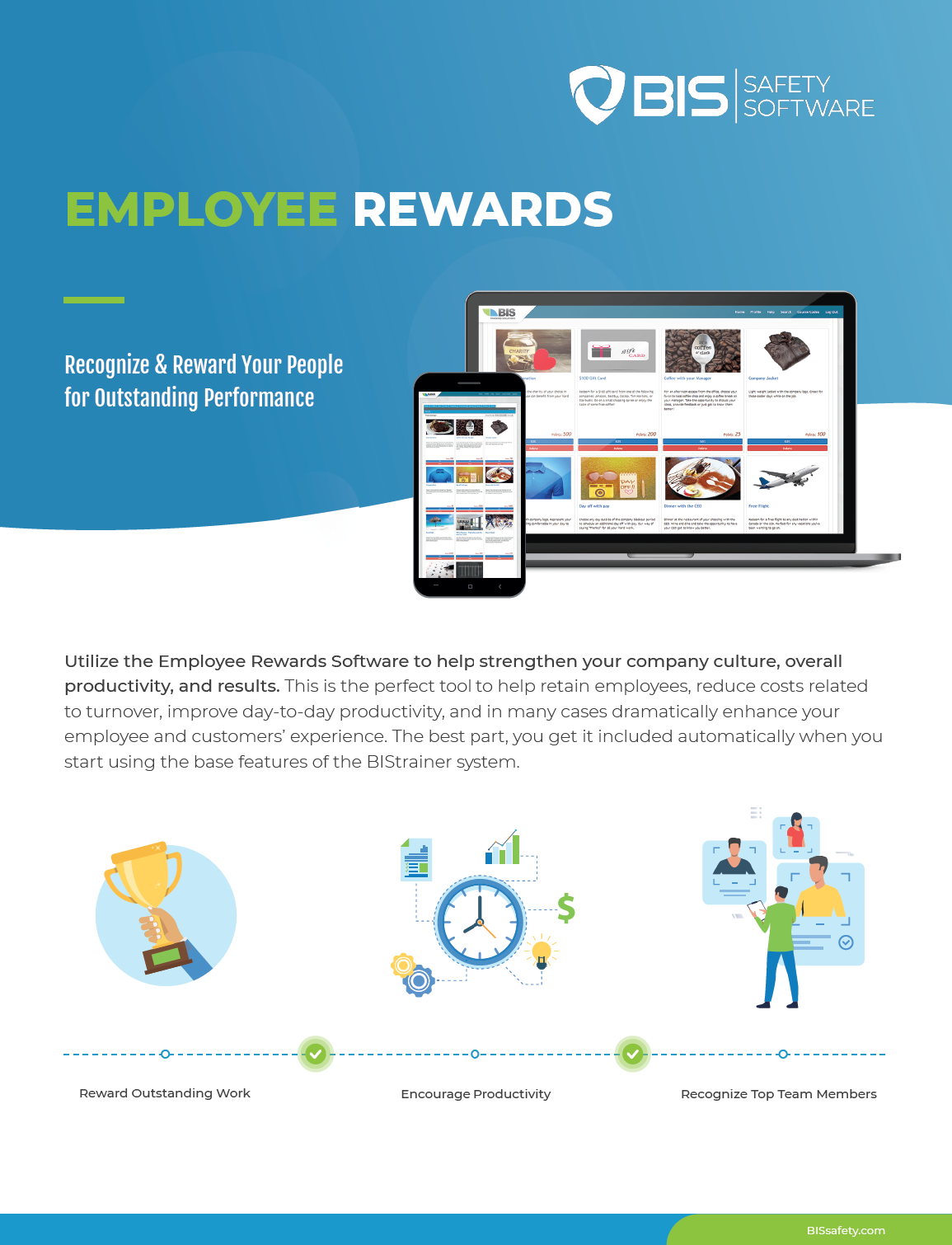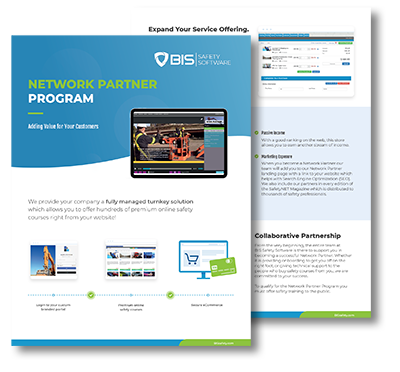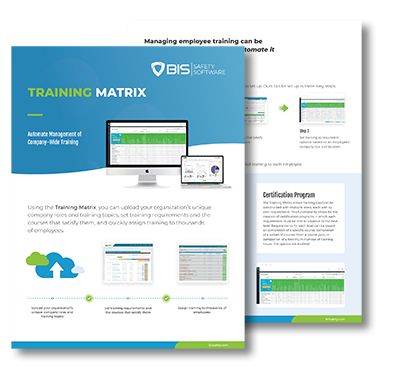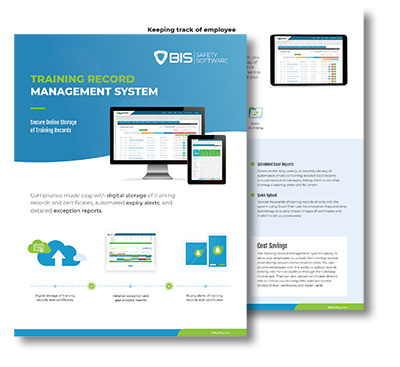Crafting Effective EHS Training Programs: Your Comprehensive Guide
Table Of Contents:
- Understanding the Importance of EHS Training Programs
- Assessing Your Organization’s EHS Training Needs
- Designing an Effective EHS Training Curriculum
- Implementing Engaging and Interactive Training Methods
- Evaluating and Improving Your EHS Training Program
- Best Practices and Success Stories in EHS Training
- Conclusion
In today’s workplace, a well-structured EHS training program is essential to protect both employees and organizational assets. Did you know that companies with effective training programs can reduce workplace incidents by up to 30%? This guide will explore how to assess your organization‘s EHS training needs, design engaging curriculums, and implement interactive methods that keep the workforce attentive. By addressing common gaps in training, this content will help organizations improve compliance, facilitate audits, and ultimately create a safer work environment.
Understanding the Importance of EHS Training Programs

EHS training plays a critical role in enhancing occupational safety and health by equipping employees with essential procedural knowledge. Understanding regulatory requirements and compliance standards is vital for organizations to minimize risks and ensure a safe work environment. Effective EHS training fosters a culture of safety while addressing common challenges like fall protection and infrastructure limitations. The following sections will delve deeper into these key aspects.
The Role of EHS Training in Workplace Safety
EHS training serves as a vital component of workplace safety by ensuring employees are well-versed in essential regulations and emergency procedures. Tailoring the training content to various learning styles enhances engagement and retention, allowing employees to absorb critical knowledge on hygiene practices and risk management more effectively. Furthermore, comprehensive documentation of safety protocols not only supports compliance but also empowers employees to act confidently in emergency situations.
- EHS training enhances employee understanding of regulations.
- Different learning styles can be addressed for effective training.
- Documentation of safety protocols aids in compliance.
- Hygiene practices are emphasized for overall health.
- Employees gain confidence in managing emergencies.
Regulatory Requirements and Compliance Standards
Regulatory requirements and compliance standards play a pivotal role in shaping EHS training programs, serving as a fundamental strategy for effective risk management in the workplace. These standards not only define the legal frameworks that organizations must adhere to but also cultivate a strong safety culture among stakeholders by emphasizing the importance of compliance in promoting employee mental health and well-being. By integrating these requirements into their training initiatives, organizations can empower employees with the knowledge needed to navigate safety protocols and foster a proactive approach to workplace hazards.
Benefits of Effective EHS Training for Organizations
Effective EHS training programs provide numerous benefits for organizations by enhancing employee safety and compliance with policies. These programs not only support ongoing training and development but also incorporate refresher training, which helps staff remain updated on the latest practices and regulations. Additionally, systematic evaluation and data collection from training sessions enable organizations to identify areas for improvement and tailor their safety initiatives, creating a safer workplace while fostering a culture of responsibility and engagement:
Common Challenges in EHS Training Initiatives
Organizations often face significant challenges when implementing EHS training initiatives, particularly in terms of resource allocation and employee engagement. Research indicates that many employees may lack the knowledge needed to effectively apply safety practices, resulting in increased injury rates and compliance issues. To combat these difficulties, organizations must prioritize ongoing training and development, ensuring that staff are equipped with the right tools and resources to foster a safe work environment.
Assessing Your Organization‘s EHS Training Needs

Assessing an organization‘s EHS training needs involves a systematic approach, beginning with identifying workplace hazards and risks. Conducting a training needs analysis helps establish current capabilities against legal requirements and organizational mission statements. Setting clear objectives for training outcomes, alongside involving stakeholders in the assessment process, ensures the program addresses essential skills such as first aid and overall workplace health.
Identifying Workplace Hazards and Risks
Identifying workplace hazards and risks is a critical step in developing effective EHS training programs. Employers should conduct a thorough risk assessment to uncover potential safety issues related to their specific environment, as defined by the Occupational Safety and Health Administration (OSHA) guidelines. This process includes evaluating tasks and activities, examining equipment such as respirators, and reviewing past incidents to ensure that employees receive appropriate training tailored to their needs.
Conducting a Training Needs Analysis
Conducting a training needs analysis is a foundational step in crafting effective EHS training programs. This process involves systematically evaluating specific organizational requirements, including fire safety protocols and health administration standards, to identify gaps in knowledge and skills. By facilitating leadership and inspection initiatives, organizations can develop tailored training strategies that enhance employee performance and ensure compliance with regulatory demands.
- Evaluate organizational requirements.
- Identify gaps in knowledge and skills.
- Incorporate fire safety protocols.
- Focus on health administration standards.
- Facilitate leadership and inspection initiatives.
Setting Clear Objectives for Training Outcomes
Setting clear objectives for EHS training outcomes is essential for fostering a culture of safety and accountability within an organization. By defining specific goals related to hazard analysis, employees can focus on critical components such as chemical safety and accident prevention, ultimately enhancing their understanding of appropriate behaviors in the workplace. This structured approach not only facilitates measurable improvements in safety practices but also empowers employees to take ownership of their roles in maintaining a secure work environment.
Involving Stakeholders in the Assessment Process
Involving stakeholders in the assessment process is crucial for the success of an organization‘s workplace safety program. Engaging employees, managers, and emergency service personnel creates a collaborative environment where diverse perspectives shape the training framework. Their insights can lead to identifying specific hazards, such as ladder safety, and tailoring training to enhance productivity while fostering a robust safety culture.
- Engage employees to gather diverse perspectives.
- Involve managers to align training with organizational goals.
- Collaborate with emergency service personnel to understand real-world safety scenarios.
- Identify specific hazards relevant to the workplace.
- Tailor training programs to enhance productivity and safety culture.
Designing an Effective EHS Training Curriculum

Designing an effective EHS training curriculum requires a thorough understanding of relevant topics and content areas, including asbestos awareness and risk management practices. Developing appropriate training materials and resources, along with incorporating industry best practices, ensures that employees are well-informed about workplace hazards. Customizing the program to address the specific needs of different audiences maximizes engagement and effectiveness, ultimately contributing to a safer employment environment.
Selecting Relevant Topics and Content Areas
Selecting relevant topics and content areas for an EHS training curriculum is essential for developing the skills necessary to maintain workplace safety. Human resources personnel should prioritize subjects like personal protective equipment (PPE) usage, hazard communication, and emergency response protocols to ensure employees are well-prepared for potential risks. By aligning these topics with organizational needs and regulatory requirements, training programs can effectively address real-world challenges faced by employees.
Developing Training Materials and Resources
Developing training materials and resources for EHS training programs is essential to ensure that employees understand workplace safety practices thoroughly. Organizations should create materials that are not only informative but also engaging, utilizing formats such as video presentations, interactive modules, and downloadable resources to cater to varied learning preferences. Moreover, regularly updating these materials with the latest regulatory changes and best practices enhances the program’s relevance and effectiveness, ensuring that employees are equipped with the most current knowledge to manage health and safety risks in their environments.
Incorporating Industry Best Practices
Incorporating industry best practices into EHS training programs is vital for ensuring that employees are well-prepared to handle workplace safety challenges. Best practices can include utilizing the latest training methodologies, such as blended learning approaches that combine online modules with hands-on training sessions. By drawing from successful strategies implemented by leading organizations, companies can enhance their training‘s effectiveness and relevance, resulting in a more engaged workforce that is capable of reducing accidents and improving compliance with safety regulations.
Customizing the Program for Different Audiences
Customizing EHS training programs for different audiences is essential to maximize effectiveness and retention of information. Each group within an organization may face unique hazards and require specific knowledge; for instance, frontline workers might need hands-on training focused on personal protective equipment, while management may benefit from training that emphasizes regulatory compliance and risk assessment. By tailoring content to address the relevant needs and responsibilities of various personnel, organizations can enhance engagement and ensure that all employees are well-prepared to contribute to a safe workplace.
Implementing Engaging and Interactive Training Methods

Effective EHS training programs benefit from engaging and interactive methods that enhance employee learning. This section will explore the implementation of technology in EHS training, interactive workshops, and hands-on activities, alongside the use of e-learning and online training platforms. Strategies for keeping learners motivated and involved will also be discussed, providing practical insights into creating an impactful training experience.
Utilizing Technology in EHS Training
Utilizing technology in EHS training enhances engagement and interactivity, making learning more accessible and effective for employees. Tools such as virtual reality simulations allow trainees to experience real-life safety scenarios in a controlled environment, fostering better retention of procedures. Moreover, e-learning platforms enable organizations to track progress and provide tailored content based on individual employee needs, addressing specific knowledge gaps and ensuring comprehensive understanding of safety protocols:
- Integration of virtual reality for immersive training experiences.
- Utilization of e-learning platforms for personalized learning paths.
- Tracking and analyzing employee progress to identify areas for improvement.
- Implementation of mobile applications for on-the-go access to training materials.
Interactive Workshops and Hands-on Activities
Interactive workshops and hands-on activities are crucial components of effective EHS training programs, as they provide employees with practical experiences that reinforce learning. By engaging participants in real-world scenarios, organizations can ensure that employees not only understand theoretical concepts but also develop the skills necessary to apply them in their workplace. Incorporating these methods helps to address diverse learning styles and enhances retention, making it easier for employees to recall essential safety procedures when faced with potential hazards.
- Use of real-world scenarios to reinforce learning.
- Development of practical skills for workplace application.
- Addressing diverse learning styles enhances engagement.
- Improved retention of safety procedures through participation.
E-Learning and Online Training Platforms
E-learning and online training platforms have become essential tools in crafting effective Environmental, Health, and Safety (EHS) training programs. These platforms allow organizations to deliver training content in a flexible manner, accommodating diverse learning styles and schedules. Furthermore, they provide opportunities for interactive assessments that reinforce knowledge retention while enabling organizations to track employee progress and tailor future training sessions accordingly:
Keeping Learners Motivated and Involved
Keeping learners motivated and involved in EHS training programs requires a thoughtful approach that addresses their individual needs and experiences. Using varied training methods, such as hands-on activities and real-life scenarios, not only helps maintain engagement but also reinforces the relevance of safety practices in daily operations. By integrating feedback mechanisms, organizations can adapt training content to reflect employee concerns and interests, ensuring that the learning experience is not only informative but also interactive and impactful.
Evaluating and Improving Your EHS Training Program

Evaluating and improving EHS training programs is essential for ensuring their effectiveness and relevance. This involves measuring training effectiveness and impact, gathering feedback from participants, and analyzing training data for continuous improvement. Additionally, updating the program to reflect changes in regulations is crucial for maintaining compliance and safety standards. Each of these components contributes to a robust training framework that meets workplace safety needs.
Measuring Training Effectiveness and Impact
Measuring the effectiveness and impact of EHS training programs is a crucial step in ensuring their success and relevance. Organizations can utilize various assessment tools, such as pre- and post-training evaluations, to gauge participant understanding and retention of key safety concepts. By analyzing training data and feedback, organizations can identify strengths in their programs and pinpoint areas needing improvement, thereby enhancing overall workplace safety and compliance.
Gathering Feedback From Participants
Gathering feedback from participants is crucial for evaluating the effectiveness of EHS training programs. Organizations should implement post-training surveys or focus groups to capture insights on the clarity of content, effectiveness of delivery methods, and overall engagement levels. This feedback not only highlights areas for improvement but also empowers employees, ensuring that their experiences and suggestions shape future training initiatives, ultimately leading to a more robust safety culture within the workplace.
Analyzing Training Data for Continuous Improvement
Analyzing training data is vital for ensuring the continuous improvement of Environmental, Health, and Safety (EHS) training programs. Organizations can utilize metrics such as assessment scores, participation rates, and feedback comments to identify areas where employees may struggle or excel. For instance, if data reveals consistently low scores on certain topics, companies can adjust the curriculum to enhance clarity and effectiveness, thereby promoting a safer workplace and ensuring compliance with regulations.
Updating the Program to Reflect Changes in Regulations
Updating an EHS training program to reflect changes in regulations is essential for organizations looking to maintain compliance and ensure employee safety. Regularly reviewing and revising training content allows organizations to adapt to new regulatory requirements, ensuring that employees are informed of the latest safety practices. By implementing a schedule for periodic updates, companies can address any emerging risks or standards, fostering a workplace environment that prioritizes safety and compliance.
Best Practices and Success Stories in EHS Training

This section examines best practices in crafting effective Environmental, Health, and Safety (EHS) training programs through various case studies. It highlights lessons learned from industry leaders that provide insights for sustaining long-term training success. Additionally, the importance of collaborative efforts and community involvement will be discussed, underscoring how these elements contribute to a robust EHS training framework.
Collaborative Efforts and Community Involvement
Collaborative efforts and community involvement are integral to the success of Environmental, Health, and Safety (EHS) training programs. Engaging local organizations, industry partners, and community stakeholders can enhance training content by integrating diverse perspectives and experiences. By fostering partnerships, organizations can access valuable resources, expertise, and best practices that not only improve training effectiveness but also contribute to a broader commitment to workplace safety and compliance.
- Engagement with local organizations to improve training content.
- Accessing resources and expertise from industry partners.
- Incorporating feedback from community stakeholders to enhance training programs.
- Building a stronger commitment to workplace safety through collaboration.
Conclusion
Crafting effective EHS training programs is essential for fostering a proactive workplace safety culture and ensuring regulatory compliance. By tailoring training content to address specific hazards and involving stakeholders in the assessment process, organizations can significantly enhance employee engagement and retention of critical safety knowledge. Regularly evaluating these programs not only identifies areas for improvement but also adapts to emerging regulations and industry best practices. Ultimately, a well-structured EHS training initiative empowers employees to contribute actively to a safer work environment, reinforcing the organization‘s commitment to health and safety.





